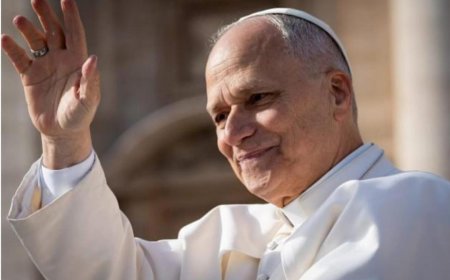Madrid: A Rising Star In Europe
This article explores the history and cultural significance of Madrid, the capital of Spain. It discusses how Madrid emerged as a major European city, despite its relatively recent establishment as the Spanish capital. The article highlights the city's role in fostering artistic and intellectual development, particularly during the Golden Age, and its ongoing cultural and economic growth. The article provides a comprehensive overview of Madrid's history, from its Islamic origins to its rise as a cultural center under Spanish kings. It examines the city's role in shaping Spanish culture and its influence on renowned artists like Velázquez and Goya. The article also discusses Madrid's current status as a major tourist destination and its growing economic importance.

uke Stegemann’s new book, Madrid, delves into the reasons behind the Spanish capital's growing prominence on the European stage. While not the oldest or most ancient city in Europe, Madrid has a rich history that has shaped its cultural identity and economic significance.
Unlike cities like Paris and London, Madrid's historical significance is relatively recent. It wasn't until the 16th century that King Felipe II established Madrid as the seat of the Spanish court. This decision was influenced by various factors, including its central location and the absence of powerful rivals. Interestingly, Madrid is one of the few European capitals with an Islamic foundation.
Contrary to the common misconception that Madrid solely benefits from its status as the capital, Stegemann argues that the city has played a crucial role in shaping Spanish culture. During the siglo de oro (Golden Age), Madrid witnessed a flourishing of arts and literature, producing renowned figures like Velázquez, Cervantes, and Lope de Vega. Even during Spain's subsequent decline, Madrid continued to attract talented individuals like Goya.
Stegemann's book highlights Madrid's role in fostering and promoting artistic and intellectual development. It explores the city's influence on artists like Velázquez and Goya, who came from other parts of Spain but found their careers flourishing in Madrid. The book also emphasizes Madrid's connection to European cultural currents, as Spanish kings ruled over parts of Europe, contributing to the city's rich cultural heritage.
Today, Madrid is experiencing a surge in tourism, driven by attractions like the Prado Museum and the city's vibrant cultural scene. Additionally, Madrid's growing economy continues to attract migrants from other regions of Spain. While the book provides a comprehensive overview of Madrid's history, it could have delved deeper into specific aspects such as the city's economic development, internationalization, and its role as a capital for the Spanish-speaking world.
Overall, Madrid is a well-written and informative exploration of the city's history and cultural significance. Stegemann's work offers valuable insights into the factors that have contributed to Madrid's rising prominence on the European
stage.
What's Your Reaction?






























![Meet the Contestants of The Next Big Thing [TNBT]](https://flashupdates.com.ng/uploads/images/202508/image_430x256_688e0cb7c6806.jpg)





























![Breaking News: Nigeria Maritime University swimmers qualifies to represent Nigeria in Germany [10 gold, 9 silver & 6 bronze]](https://flashupdates.com.ng/uploads/images/202504/image_140x98_67f8fd19b3b17.jpg)






